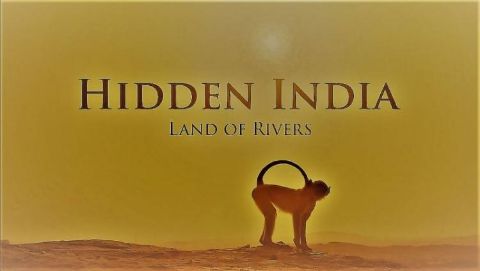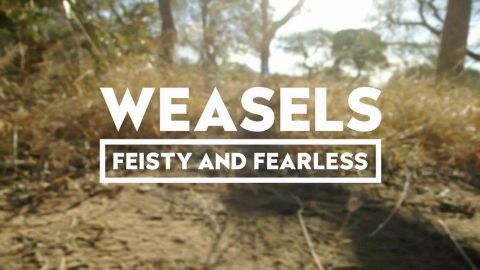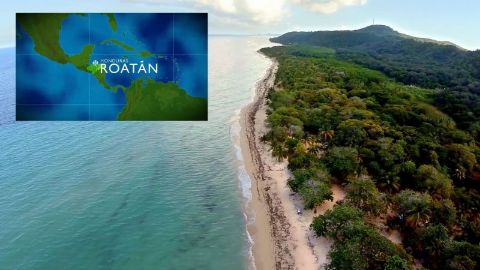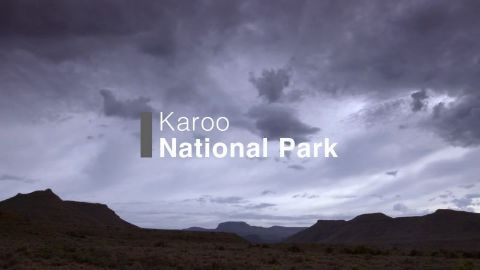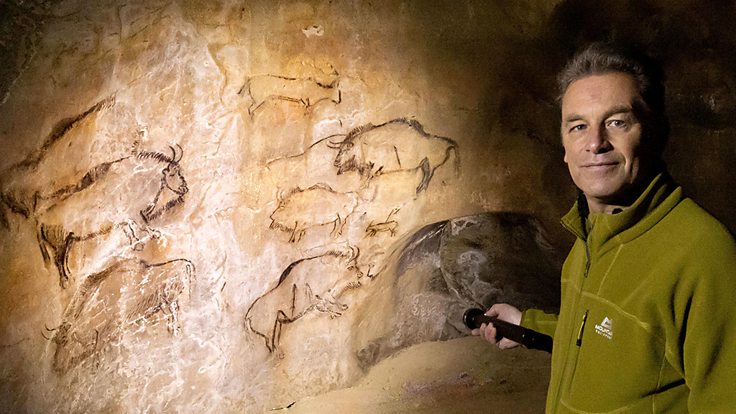Hidden India • 2008 - 2016 • 3 episodes •
India is a vast land of seasonal extremes. Monsoon rains flood the land and make it green but once they are gone, heat and drought builds. It is a challenge for the animals but it also fosters an amazing variety of landscapes filled with diverse life. From semi-aquatic rhinos to desert lions, India's dynamic lands are full of surprises. It also attracts spectacular visitors from afar like the huge flocks of demoiselle cranes.
2016 • Nature
In the second episode; India is a subcontinent surrounded by mountains. We explore the little-known Western Ghats at the edge India's south. Here are Monsoon hills covered in lush forests and tea gardens which shelter some of the greatest biodiversity in the world. But far to the north lies the mighty Himalayas - so vast they drive the climate by capturing the monsoon winds and protect India from the northern chill. It's a unique world full of life.
2016 • Nature
In the final episode of "Hidden India, the Ganges is central. This mighty river flows through the heart of the nation, from deep in the Himalayas to the widespread delta mangrove forests and behind the wide blue ocean. She carries valuable nutrients, and irrigates the fertile soil of Asia. Moreover, there is in the wilder parts - far beyond the cities - to discover many hidden nature. Hidden beaches are a haven for tens of thousands of young turtles in mysterious swamps houses playful mudskippers and otter families enjoy themselves in the flowing water.
2008 • Nature


